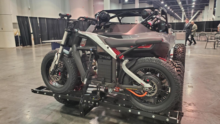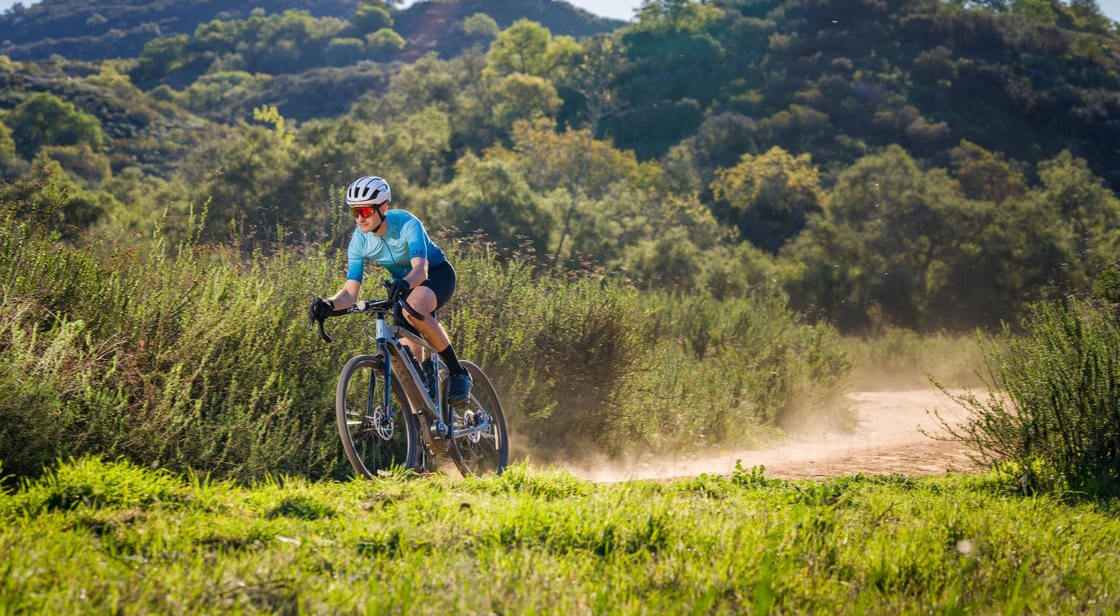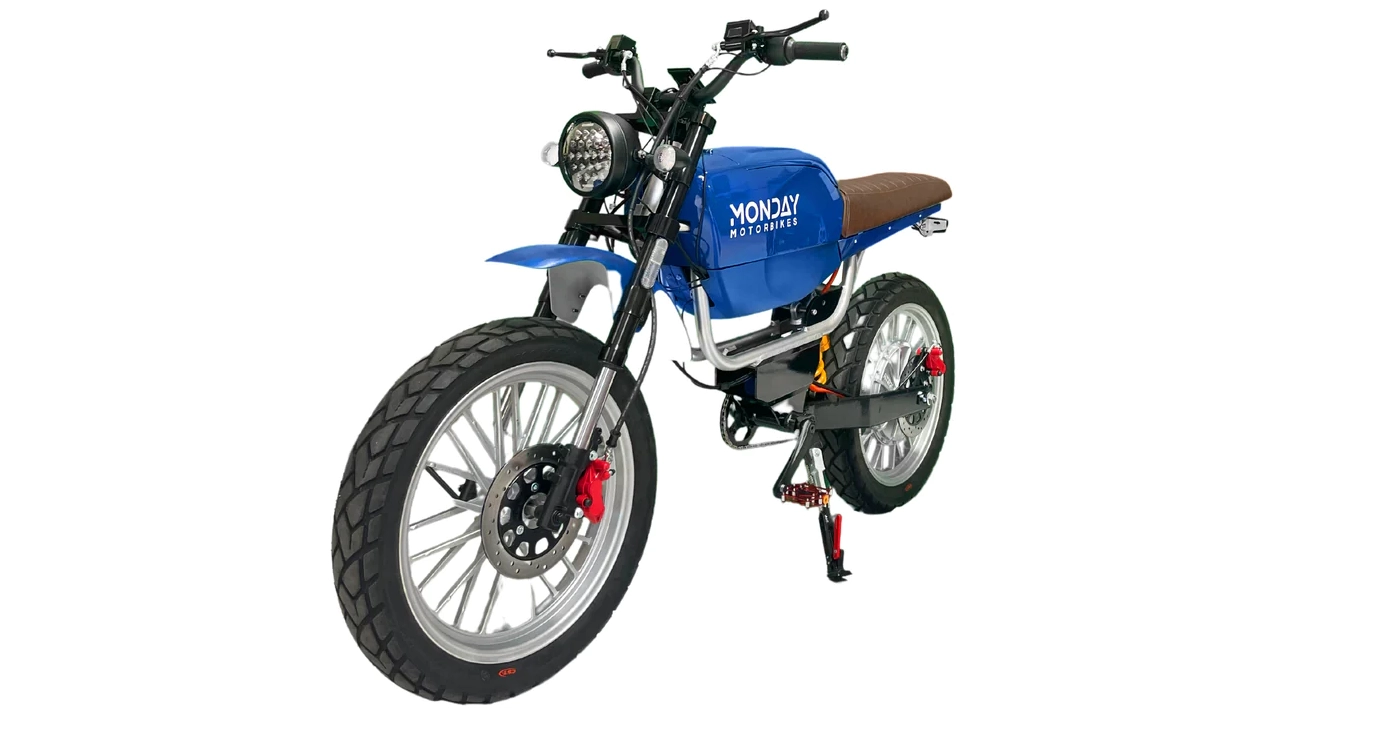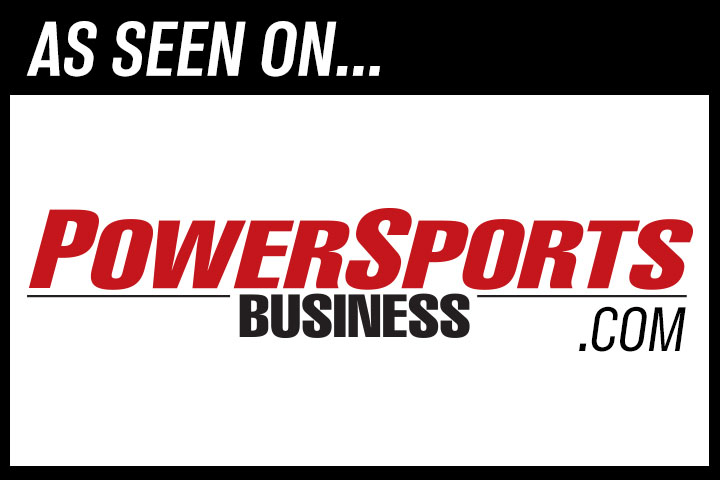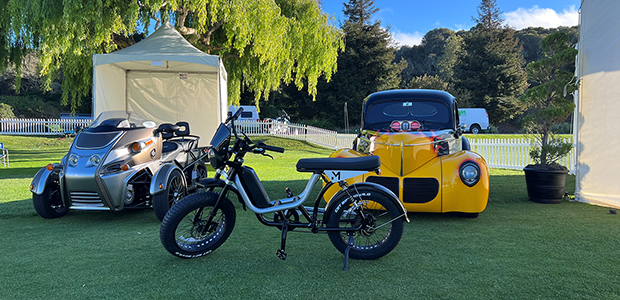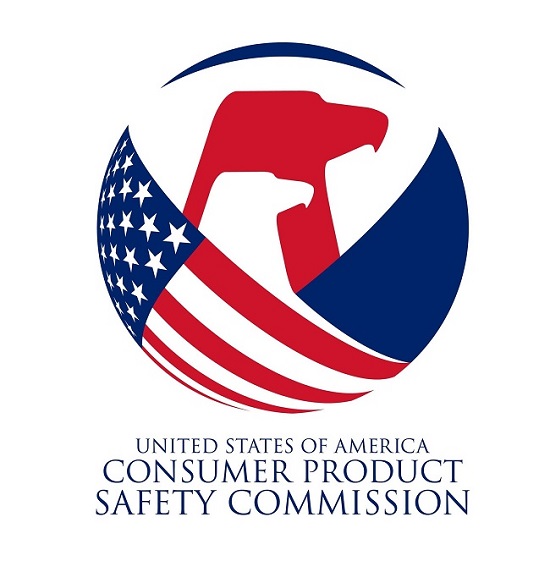E-bikes in the powersports industry: two-wheel or tulip mania?
But can you sell e-bikes?
Stu Segal, owner of Cross Country Cycle and Cross Country Powersports in New Jersey, sells 10 brands of motorcycles as well as Giant and Intense e-bikes, and sees interest in e-bikes, but it’s limited.
“I think there is a limited audience in the powersports consumer that wants an e-bike,” says Segal. “But the truth is, we don’t do a lot to promote it at this point. And the general public doesn’t think of us as a bicycle store. We can tell you everything you need to know about motorcycles, but we are not experts at selling bicycles.”
Last summer, Rusty Griffin added e-bikes to Hauck Powersports, the Yamaha dealership he owns in Rice Lake, Wis. “The first motivating factor for us to add e-bikes was lack of any other inventory,” says Griffin. “The response has been very interesting. We see people in here who we’ve never seen before. I thought we would sell mainly to our existing customers. We’re in a resort area, and we have orders from a resort looking for bicycles they can rent. We have orders from a local school group that races mountain bikes, and the coaches need to keep up with kids. And we have hunters who can use e-bikes to access remote land more easily.”
Sparking a segment
The Pierer Mobility Group had a large presence at AIMExpo, though you might know the company by its more popular brand names. Pierer displayed bicycles alongside its street and off-road motorcycles from KTM, Husqvarna, and GasGas. One could almost sense the tulips breaking ground.
“Are you in or out? Each dealer needs to decide,” says Pat Hus, director of sales for Pierer New Mobility. “You need to dedicate space and staff. How are you going to commit?” Pierer’s commitment to integrating e-bikes into powersports is evident in both its name change and in the product lineup. The company is responsible for Husqvarna e-bikes, GasGas e-bikes, and the Felt brand of nonelectric bicycles.

At AIMExpo, Pierer New Mobility staff stressed that dealers who want to sell e-bikes need to make a commitment to the segment. “To qualify as a bicycle dealer, a business needs to have service and sales staff, plus parts and accessories,” says Mark Rushman, the group’s strategic business manager, listing several requirements.
The Yamaha display at AIMExpo also mixed motors and pedals. And even though the bicycles occupied a small section in the back corner of the booth, the vehicles got a lot of attention. Yamaha began selling its Power-Assist Bicycle line in the U.S. in 2018, but the company was the first to market electric pedal-assist bicycles in the world, according to Drew Engelman, sales and marketing manager for Yamaha Power Assist Bicycles, which is part of the company’s “Smart Power Vehicle Division.” With the growth of the e-bike market in North America, Yamaha is planning to promote that history. To date, the company has produced four million e-bikes, while also supplying drive units to other manufacturers such as Giant, GasGas, and more.
Educating the marketplace will be crucial to Yamaha’s ability to succeed with e-bikes. Engelmann says the same about powersports dealers’ ability to grow a new audience. “Education is key,” he says. “Powersports dealers need to promote bicycles to get people in their stores, and they need to be prepared with dedicated staff.”
Not for everyone
“I know many dealers have picked up e-bike product lines,” notes Brad Niehaus, president of Niehaus Cycle, in Litchfield, Ill. “We had that opportunity but felt it was outside of our expertise level and we would not be able to give it proper attention without a dedicated person involved.”
Pablo Veglia, owner of Del Amo Motorsports and its five locations in Southern California, is showing his store’s commitment with sales ambassadors trained to sell both motorcycles and e-bikes. “We’re very integrated, between bicycles and motorcycles,” he says. Del Amo carries Yamaha, Intense, Fantic and another e-bicycles, along with several brands of motorsport vehicles. “We are trying, though we are not experts.”
While you don’t need to be a product expert out of the box, you do need to consider the segment’s potential and nearby competition in your game plan.
Choosing a manufacturer
“This is where it gets complicated,” says Aaron Frank, an e-bike consultant with years of powersports experience. “It’s essential to know the distinction between e-bicycles and electric scooters,” Frank notes, “and to understand the Class 1, Class 2, and Class 3 framework (See “Class Session” sidebar).” With that as a starting point, Frank adds, “The best advice is that quality always counts.” Some e-bikes, according to Frank, are simply electricpowered motorbikes with pedals added so they can be classified as e-bikes.
Similar to other industries that see rapid growth and little regulation, the e-bicycle market has its products to avoid. The electric bicycle that TV celeb Simon Cowell was riding when he crashed and broke his back, for example, has a reported top speed of 60 mph. That’s extreme, but numerous e-bikes try to entice buyers with maximum speeds in the 40−mph range … that’s fast for a bicycle, and certainly outside of the classification system many cities follow to let e-bike riders pedal where any bicycle is allowed. And that’s a big part of the appeal for potential buyers.
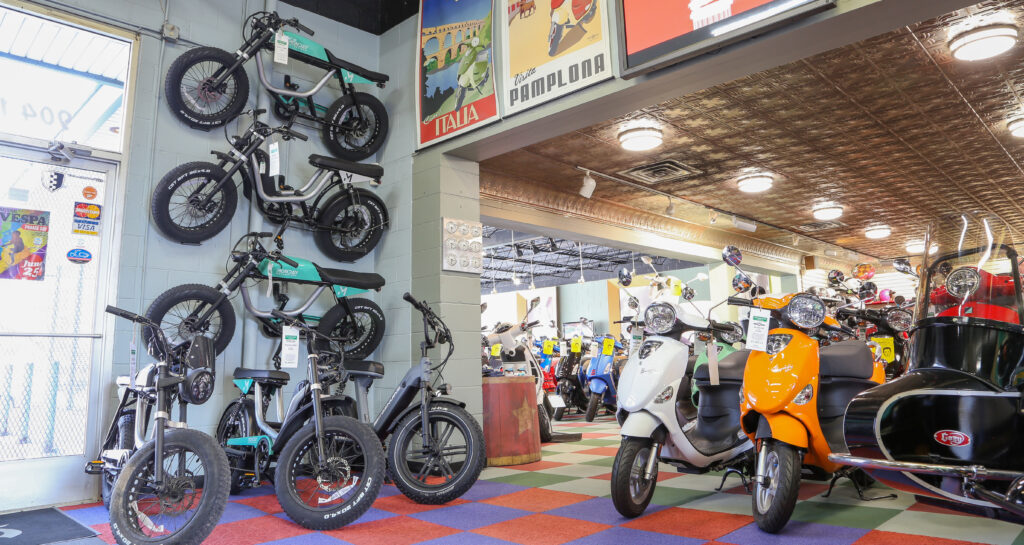
Bob Hedstrom, general manager of Scooterville in Minneapolis, knew there was some natural crossover between e-bicycles and internal combustion engine (ICE) motorcycles.
“We didn’t want to go down the road of more traditional bicycles like Giant or Specialized,” he says. “We can’t compete with Erik’s (the largest bicycle retailer in the Minneapolis/St. Paul area).” Scooterville has been selling scooters and supporting scooter enthusiasts in the Twin Cities for 21 years. When shopping for an e-bike brand to support, Hedstrom researched several manufacturers. “We had an existing relationship and familiarity with the salesperson,” he says. “And in our research, we found the fit and finish on Monday bikes was superior. Plus, they look cool.”
After a little more than a year with the Monday line, Hedstrom explains, “I wouldn’t say we’re knocking it out of the park, but pedal-assist bikes deserve to be given a chance. We have done several test ride days, and those have generated sales for us, certainly more than just putting up a banner on our website. Plus, our sales of 50cc scooters to college kids slowed during COVID and have not picked up. We think that opens a door with pedal-assist bikes.”
Dealers also need to be aware of the experiences of some New York City bicycle dealers whose e-bike batteries have started fires in their stores. Dozens of fires have been reported already in 2023, leading to store damages, injuries, and two deaths. The NY city council passed legislation on to the city’s mayor requiring batteries to meet UL standards before they can be sold at retailers in the city.
Poor quality products like these are the exception, not the norm, in the electric bicycle industry. “Today’s premium e-bikes are so reliable and well built,” says Frank, “and they have far fewer moving parts than a traditional motorcycle. That makes future service loads lighter.” He adds that there is still a big opportunity to sell accessories like seats, tires, cargo racks, lights, helmets, and more.
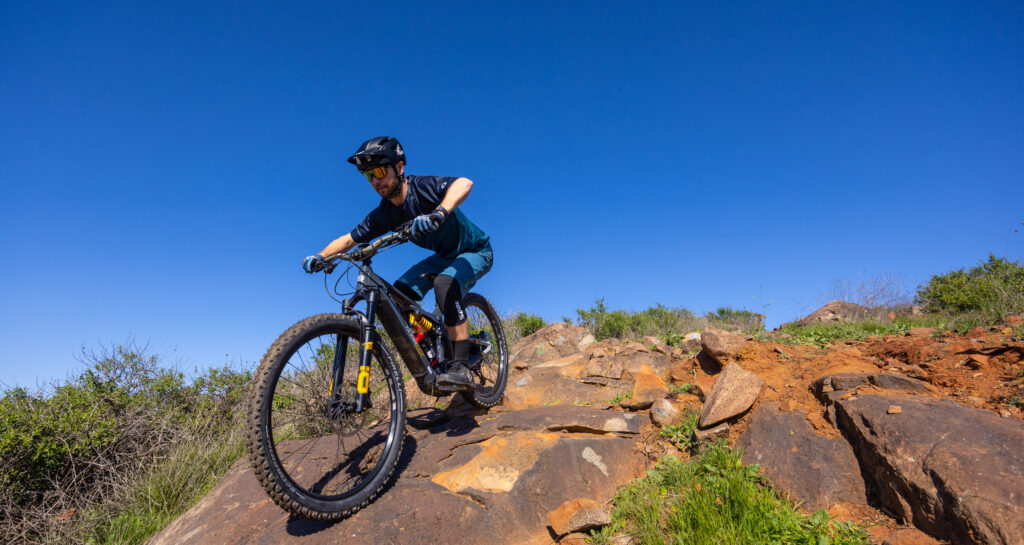
Planting the seeds
“A lot of powersports dealers don’t recognize the real potential of the e-bike market,” Frank says. “Right now, everyone knows about e-bikes, mostly due to wordof-mouth. Your uncle bought one and can’t stop talking about it; the bikes sell themselves.”
Frank admits, “The bigger commitment you make to selling e-bikes, the more successful you will be. A casual commitment will get you a casual amount of success, maybe selling a handful a month. Manage your expectations and know the market will support dealers who make the investment.”
Burleson of Intense Bicycles agrees, “If there’s one word of advice for those considering this market, it’s commitment. There is a clear bifurcation between people who are going to commit to staff, merchandising, and service, and those who are not.”
As much crossover as there appears to be between powersports and e-bicycles, the sales and service processes are different. Fitting a new customer to a pedal-assist bicycle is unique, as are the service tools and shop equipment needs. It’s kind of like planting tulips; it requires a commitment in one season to gather blooms down the road.
Class session
The three-class model was created by PeopleForBikes, a nationwide bicycle advocacy organization. Currently, 39 states have enacted laws following this model legislation. Other state and local ordinances vary, and this e-bike classification system is not a mandate, nor is it followed universally. It is, however, the generally accepted guideline used by most bicycle manufacturers today.
Note that the Consumer Product Safety Commission (CPSC) does not currently recognize this three-class system but instead is treating possible regulation of e-bikes on a case-by-case basis. In most states, the use of e-bikes follows traditional bicycle regulations, and the same rules of the road apply to both. Also, e-bikes are most often exempt from the registration, licensing or insurance requirements that apply to motor vehicles.
The three classes are defined as follows:
- Class 1: e-bikes that are pedal-assist only, with no throttle, and have a maximum assisted speed of 20 mph.
- Class 2: e-bikes that also have a maximum speed of 20 mph and are throttle-assisted.
- Class 3: e-bikes that are pedal-assist only, with no throttle, and a maximum assisted speed of 28 mph.
In PSB’s home office state of Minnesota, e-bike regulations currently state that all classes of electric bicycles may ride on a bicycle path or shared-use path where bicycles are permitted. No person under fifteen years of age can ride an e-bike. Local governments have the authority to restrict the use of electric bicycles on a bicycle path, bicycle trail, or shared-use path. But these regulations vary by state. Please check your state’s e-bike restrictions and regulations.


